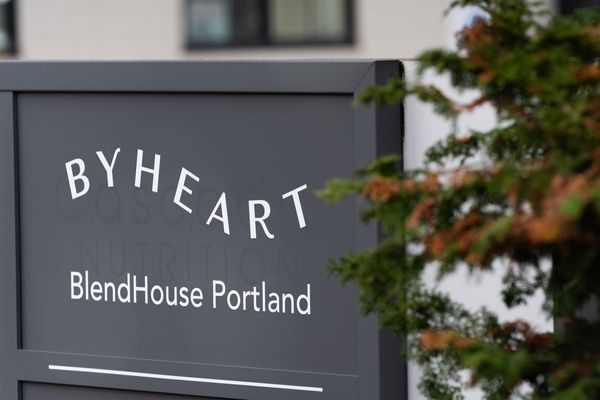
The election for the New South Wales Legislative Council, or upper house, will be critical to the direction of the state for the next four years. The proportional house gives space for minor parties to win representation and is finely balanced between left and right.
The council consists of 42 members: 21 are elected every four years for an eight-year term. The house is elected proportionally with all members representing the whole state. This means the seat results closely mirror the vote results. A party gets one seat for every 4.5% of the vote they poll, with the remaining votes and preference flows deciding the last few seats.
The chamber currently has a slim rightwing majority. The parties of the right – the Coalition, One Nation, Shooters, Fishers and Farmers and the former Christian Democratic party – won 11 seats in 2015 and 2019 for an overall split of 22-20.
There are four minor parties with seats in the upper house.
The Greens currently hold three seats in the upper house, with just one member up for re-election. The party will regain the second seat it lost when Justin Field resigned from the party in 2019. It is also hoping to pick up a third seat, which would boost its total numbers to five. The Greens have managed to win the triple just once, in 2011.
One Nation won two seats in 2019 but is not defending any seats at this election. Its leader, Mark Latham, resigned his seat four years early to contest a new seat. His recognisable name may give it a boost on the ballot. His running mate is the outgoing member for Bankstown, Tania Mihailuk, who had been a Labor member until her seat was abolished and she failed to win preselection for the replacement seat. If One Nation can repeat its 2019 result, it will have a total of four seats, with Latham able to pick someone else to fill his former seat for the next four years.
The Shooters, Fishers and Farmers had their best result in 2019, and have had some trouble since then, losing all three lower house members. But even half the party’s 2019 vote would still probably be enough to win a seat.
Fred Nile’s Christian Democratic party and its predecessors had won a seat at every upper house election from 1981 until 2015, but fell short in 2019, and has since been deregistered. Nile is running second on a ticket led by his wife, Silvana, this year, but their group has not nominated enough candidates to get a box above the line so will probably poll a small share of the vote and not win any seats.
The Animal Justice party is defending the seat it won in 2015. The party now holds two seats, but won those seats with the lowest primary votes for a successful candidate under the current voting system, and is in real danger of losing one of those seats this year.
There are a number of other contenders but the strongest challenger is probably Legalise Cannabis, headed up by the former Greens MLC Jeremy Buckingham. The party has performed strongly since changing its name, winning seats in the Victorian and Western Australian state elections. If Legalise Cannabis can poll as strongly as it did in Victoria, or as it did in NSW at the last federal election, it will win a seat.
Overall these numbers point towards three or four seats for minor parties of the left, and three or four seats for minor parties of the right. But preferences can play a role in deciding the final seats, and at recent elections those preferences have boosted the position of the left.
At the last three state elections, a candidate on the left overtook a candidate on the right on the back of stronger preference flows. That could make a difference in the Legislative Council.
Voters in the upper house have the option to just mark 1 for a group above the line on the ballot paper and leave it there. That is the most popular option, but more voters are choosing to mark more preferences, and that can make a real difference once your first preference party is no longer in the race.
The polls are currently suggesting a small swing to the left, which puts Labor and the other parties of the left on track to win 11 seats between them. This would produce a 21-all tie, but a 12th left seat would produce a progressive majority.
That could make a big difference if a Labor government is formed – a 21-all tie would mean it would probably need the Greens and the Shooters to pass legislation, while a 22-20 split to the left would give it more options.







